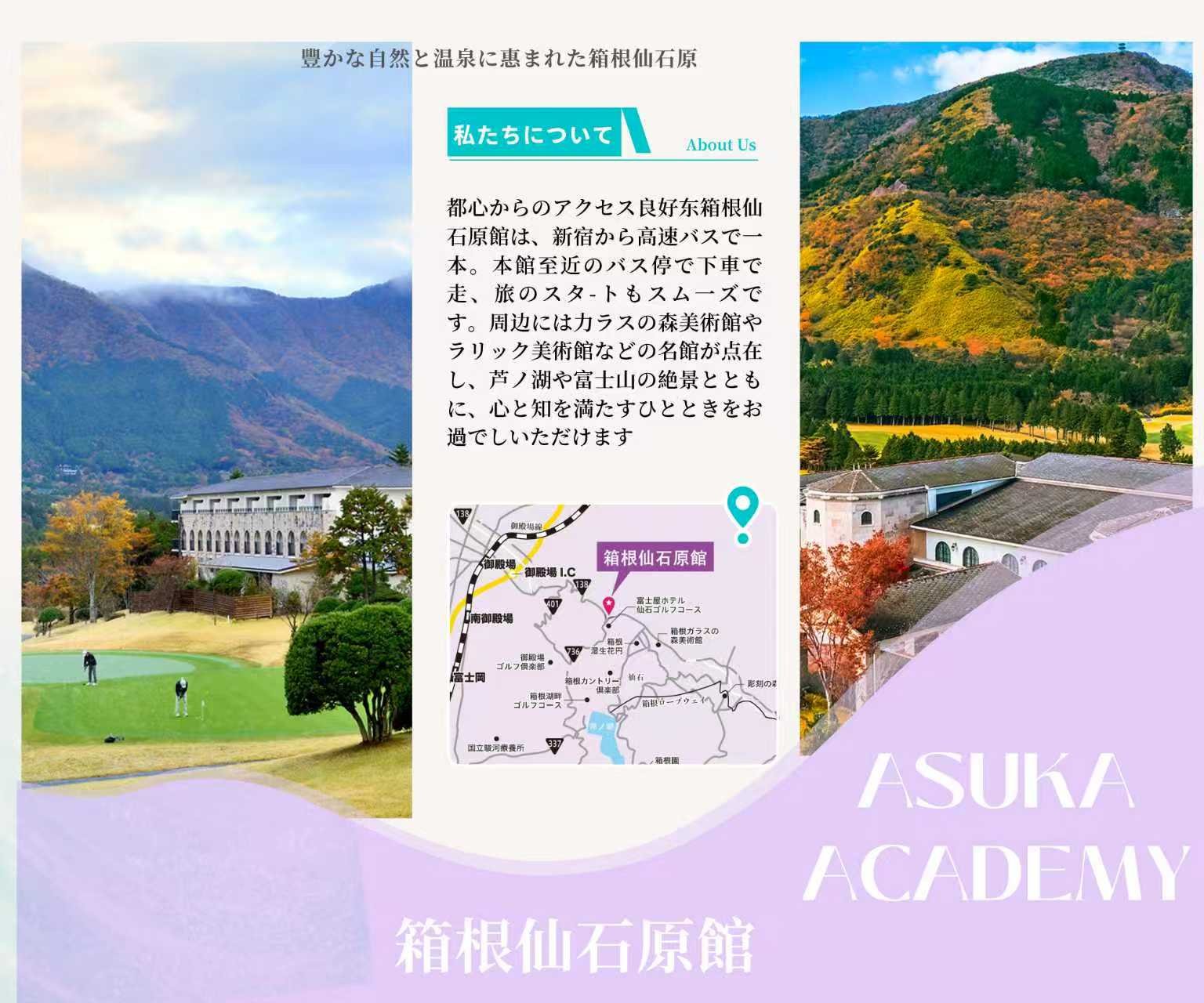(By Jiang Hua) With Donald Trump returning to the White House for a second time, Japan’s diplomatic ship is quietly adjusting its course. On January 28, Japanese Prime Minister Shigeru Ishiba addressed overseas Chinese in Japan with a Lunar New Year greeting, stating: “As the international situation becomes increasingly severe and complex, in order to overcome division and confrontation, Japan will continue to engage in dialogue and cooperation with other countries, safeguarding and strengthening an international order based on the rule of law.”

Among these “other countries,” the most important are, of course, the United States and China. Ishiba has confirmed that he will visit the U.S. from February 6 to 8, planning to issue a joint Japan-U.S. statement with Trump. Prior to this, in January, Ishiba tasked leaders of Japan’s Liberal Democratic Party and Komeito Party, during their trip to Beijing for a meeting of the China-Japan ruling party exchange mechanism, with delivering his personal letter to Chinese President Xi Jinping, expressing his desire to visit China as soon as possible. This vividly shows Japan’s efforts to find a certain balance between China and the United States. In mid-January, Ishiba visited Malaysia and Indonesia. Apart from attending multilateral summits like the G20 and APEC, this was his first official state visit since assuming office. During a meeting with Indonesian President Prabowo, Ishiba explicitly stated that Japan and Indonesia are very similar, as both are among major powers like the U.S. and China and place importance on balancing these relationships, using that approach to advance their diplomacy. Such remarks are seen as an adjustment to Japan’s foreign policy. From the Abe era to the Kishida era, Japan’s diplomacy was marked by tight coordination with Washington’s containment strategy against China, “leaning to one side” toward the U.S., and bringing Sino-Japanese relations to a low point. After Ishiba took office, he emphasized enhancing Japan’s diplomatic independence, most notably through new moves to mend ties with China. The two countries have seen renewed or strengthened exchanges in diplomacy, cultural affairs, political parties, the military, and agriculture, gradually thawing relations. Since November 2024, a series of events have taken place: high-level political dialogues between China and Japan, the second session of the China-Japan high-level cultural exchange mechanism, the ninth meeting of the China-Japan ruling party exchange mechanism; a delegation from the PLA Eastern Theater Command visited Japan; Japanese Minister of Agriculture, Forestry and Fisheries Taku Eto paid a recent visit to China, where the Chinese side explicitly stated its willingness to resume bilateral and multilateral agricultural exchanges at various levels and hold the tenth China-Japan Vice-Ministerial Agricultural Dialogue within the year. There are two main reasons behind this shift in Japan’s foreign policy.
First, it is related to the huge uncertainty of the Trump 2.0 era. Trump re-entered the White House wielding high tariffs as a weapon. The first to be hit were China, Canada, and Mexico, causing unease among U.S. allies such as Japan and the EU. Both China and Japan have benefited from economic globalization, and now both face pressure from the rise of unilateralism and protectionism. Furthermore, like China, Japan has a large trade surplus with the U.S. and thus also worries about this “Damocles’ sword” of tariffs. As Minister Eto admitted, he had been “watching the news nervously,” fearing Trump would impose additional tariffs on Japanese agricultural products. To cope with such uncertainties, it is optimal for Japan to moderately reduce its binding with the U.S. and adopt a more balanced foreign policy, giving Tokyo more leverage with Washington. If Japan continues what it did under Kishida—consistently siding with the U.S. over China and acting as America’s “vanguard”—it might end up “picking chestnuts from the fire,” sacrificing itself for “America First” and becoming cannon fodder in Washington’s containment of China.
Second, the most fundamental reason lies in the huge economic ties and industrial interdependence between China and Japan. Their deeply integrated economies serve as the “ballast stone” and “propeller” of Sino-Japanese relations. In 2024, China’s foreign trade reached a new historic high. South Korea overtook Japan once again to become China’s second-largest trading partner. China-Japan trade amounted to US$308.27 billion, nearly $20 billion less than China-South Korea trade at US$328.08 billion, putting pressure on Japan. If Japan misses such opportunities, being surpassed by South Korea may become a recurring pattern. Facing a new round of global technological revolution and industrial transformation, China has listed “new-quality productivity” as a top-level strategy, and has proactively proposed “orderly expansion of autonomous and unilateral opening-up.” On January 15, 2024, Chinese Premier Li Qiang met with the Japanese ruling party delegation, clearly highlighting key areas of Sino-Japanese economic cooperation and expressing hope for the two countries to “explore more new growth points in technology innovation, digital economy, green development, and expanding third-party markets.” Japan holds advantages in these fields, indicating Sino-Japanese economic and trade cooperation faces new opportunities. For a long time, Japan’s foreign policy has been influenced by a contest between two major schools of thought. One is pro-America, upholding the U.S.-Japan alliance above all else; the other is Asia-centric, emphasizing Japan’s role as a major power in Asia (sometimes even as an Asian leader) and stressing good relations with China, South Korea, and ASEAN neighbors. These two schools have swung back and forth. Kishida’s cabinet adhered to a policy of “befriend the distant, attack the near,” reflecting the dominance of the first view. Ishiba’s current “rectification” is a moderate shift toward the second. Choosing Malaysia and Indonesia as destinations for his first state visits also reflects this consideration; so does mending and easing relations with China. Since 2024, frequent high-level contacts and multi-level exchanges between China and Japan have continued. Both countries have relaxed travel visas; progress has been made in removing restrictions on Japanese seafood imports into China. Improvements in Sino-Japanese relations have accelerated at a pace that many find encouraging. Achieving high-level visits between the two countries in 2025 would bring enormous strategic benefits and further test the viability of Ishiba’s foreign policy.




